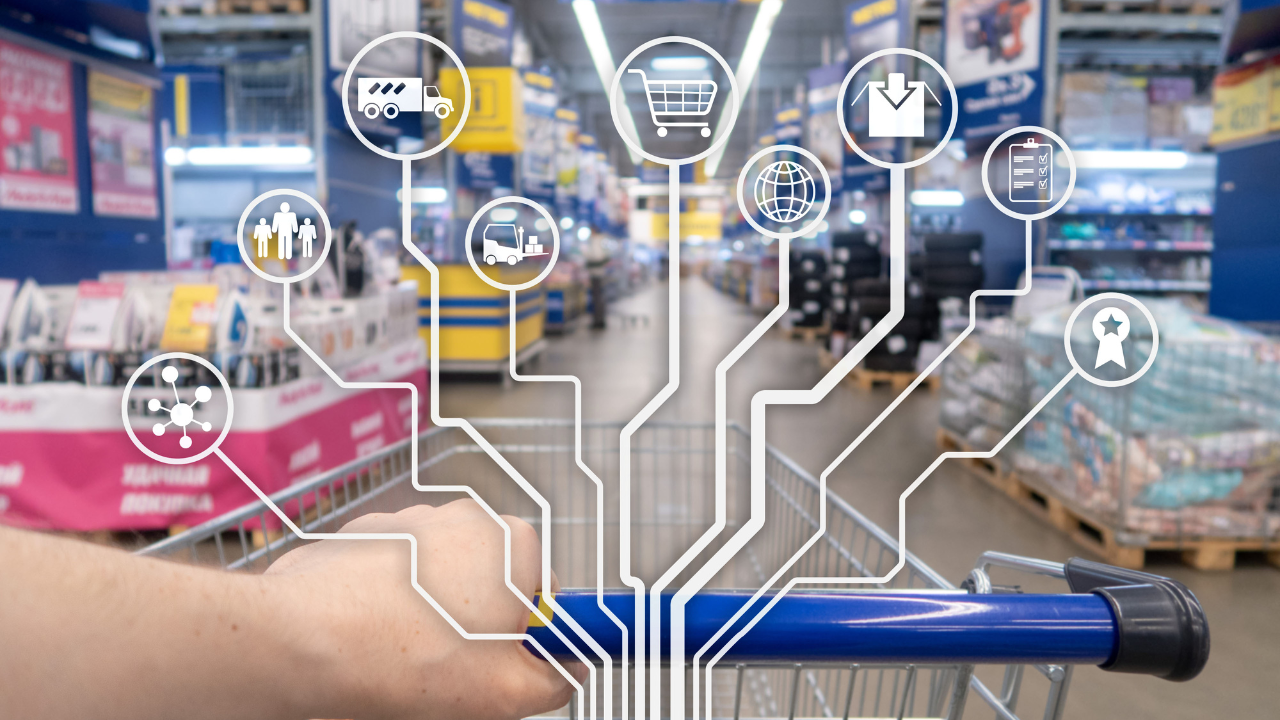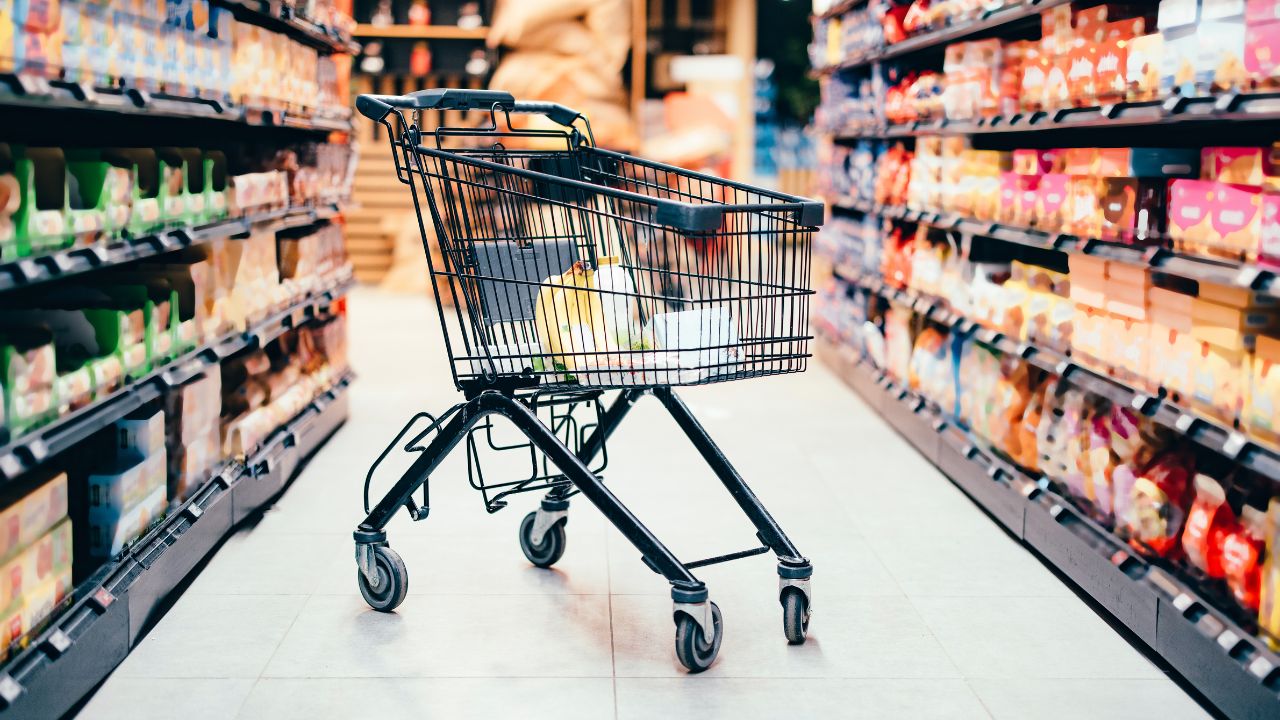Retail marketing has changed a lot in recent years. By 2025, there will be even more new ideas and changes that retailers must pay attention to.
To stay ahead in sales, we must rethink physical stores and use technology for personalized customer experiences. This is key to keeping a competitive edge. Businesses that match their retail marketing with new trends will better meet changing customer needs and boost sales.
You need to grab attention and achieve results to create a successful retail marketing strategy. Let’s look at the key trends for retail marketing in 2025.
1. Personalized Customer Experiences Through Data
Understanding your customers on a deeper level is no longer optional; it’s essential. By analyzing data collected from previous marketing efforts, physical store interactions, and online shopping behavior, businesses can craft hyper-personalized experiences.
Tools like loyalty programs and CRM systems help retailers meet customer needs. They offer recommendations, discounts, and special shopping experiences. These options feel personal and important to shoppers.
A retail store can look at a customer’s past purchases. This helps them send personalized offers. They can remind customers about related products or encourage them to buy again. Personalization builds trust, strengthens relationships, and ultimately drives sales.
Pro Tip:
Use data wisely to steer your marketing strategies and ensure every campaign aligns with specific customer needs. Adding a personal touch to your messages can help you connect with customers. This can build long-term loyalty.
2. The Shift to Omnichannel Marketing Strategies
Omnichannel experiences are becoming the standard for retail marketing. Customers expect a seamless connection between physical stores and online platforms. This method creates a sense of connection. It works when a shopper is on a website, using social media, or visiting a store.
Brick and mortar retail stores are evolving into experience hubs, blending offline shopping with online convenience. Using QR codes to direct customers to digital catalogs is a smart idea. Launching marketing campaigns on different platforms also helps.
These methods ensure your target market gets clear and consistent messages. The ability to engage potential customers where they shop—both online and offline—can significantly enhance the customer experience.
Actionable Tip:
Think about using in-store kiosks or mobile apps. They can give quick access to product information, window displays, and current store promotions. This unified approach can simplify decision-making and retain customer attention.
3. Interactive and Modernized Window Displays
Window displays are becoming a key retail marketing tool. They attract foot traffic and turn curious onlookers into paying customers. Innovatively blending visual storytelling with technology, such as augmented reality (AR) features, will be a big trend in 2025.
For example, interactive window displays let customers “try before they buy” online. They can also see fashion collections in motion. This can help create memorable first impressions. These retail marketing strategies aim to attract customers and encourage them to enter the store and explore.
Best Practice:
Pair eye-catching window displays with effective marketing campaigns to leave a lasting impression on your target market. The more engaging and unique the display, the more likely customers are to visit your physical store.
4. Focus on Building Customer Loyalty Programs
Rewarding customers for their loyalty is a great way to keep them and grow your customer base. Retailers can show appreciation to their customers.
They can do this by offering special deals and discounts. They can also give early access to new items. This creates a feeling of exclusivity.
Loyalty programs can connect to digital platforms. This lets shoppers earn rewards from online purchases or in-store visits. This blend of technology and customer service makes customers feel valued and encourages them to come back.
Why It Matters:
Brands that invest in loyalty programs boost customer loyalty. They also gain useful insights into shopping habits. This helps improve their marketing efforts.
5. Leveraging AI and Search Engines for Retail Marketing
Search engines play a huge role in retail marketing success. Retailers are now leveraging AI-driven tools to optimize search engine presence, drive traffic, and improve visibility. AI-powered SEO tools, combined with targeted online advertising, can help brands reach their target market more effectively.
For physical stores, localized SEO is becoming increasingly important. Many customers look for stores “near me” when they shop. Making sure your business shows up in these searches can help increase foot traffic. Additionally, businesses utilize AI chatbots to improve customer service and guide online shoppers through their purchases seamlessly.
Quick Win:
Regularly update your store information, such as hours and locations, on search engines. Make sure your products have clear descriptions that use popular keywords.
6. The Rise of Experiential Marketing in Physical Stores
With more consumers craving memorable shopping experiences, experiential marketing in physical stores is on the rise. Events, product demos, and eye-catching window displays can draw in potential customers. These setups encourage shoppers to spend more time in your store.
For instance, hosting influencer pop-ups or hands-on workshops can create buzz while bringing your products to life. These immersive experiences leave a lasting impression on your audience, turning them into brand advocates.
Example:
Consider how luxury beauty brands host tutorials or demos for new product launches. These events offer an opportunity to engage directly with the audience while showcasing the products in action.
7. Shifts in Customer Preferences Towards Sustainability
Retail marketers must recognize the growing demand for eco-conscious practices. Customers are more likely to shop with brands that showcase environmental responsibility and ethical practices. Updating retail marketing campaigns to align with sustainability goals can make a stronger impact.
Using reusable shopping bags and eco-friendly marketing materials can help you attract customers who care about the environment.
Sustainability in Action:
Show your efforts with in-store signs, social media, and store promotions. This will show your commitment to a better shopping experience for customers and the planet.
8. Real-Time Targeting Through Social Media
Social media’s role in retail marketing continues to grow stronger. Platforms like Instagram, TikTok, and Pinterest inspire shoppers. They also give retailers tools to reach audiences quickly.
Social media campaigns are a great way to show new products, promote store sales, and gather feedback from customers. Livestream shopping events, influencer partnerships, and user-generated content are the forms of engagement that are yielding great ROI.
Social Media Tip:
Collaborate with micro-influencers to connect with niche customer segments. Their authentic endorsements can help foster trust and drive sales within new audiences.
9. Maximizing Store Promotions to Drive Sales
Store promotions remain a tried-and-tested strategy for increasing sales in physical stores. Flash sales, seasonal discounts, and exclusive in-store events are surefire ways to draw attention and encourage purchases.
Retailers in 2025 will take promotions to the next level by personalizing them for their audience. For example, sending special offers based on a customer’s shopping history can increase engagement. Notifying loyalty program members about early access to sales can also lead to quick results.
Pro Tip:
Advertise promotions across multiple channels, including email, social media, and your website, to maximize their visibility and reach.
10. Customer Service as a Key Differentiator
Exceptional customer service is key to building retention and creating meaningful relationships with your audience. Consumers are placing more importance on retailers that provide great service. This includes having knowledgeable staff in stores and quick support through chatbots.
By training employees to interact meaningfully with shoppers and implementing technologies that address customer concerns faster, businesses can create standout experiences. Keeping existing customers satisfied often leads to positive reviews, repeat visits, and recommendations to others.
Customer Service Insight:
Train your team to manage both sales and service questions easily. This will create a complete experience and improve customer satisfaction.
Final Thoughts
The retail marketing scene in 2025 focuses on mixing creativity, data, and technology. This helps meet changing customer needs.
Whether you’re curating beautiful window displays, launching loyalty programs, or crafting targeted marketing campaigns, staying ahead of trends will help you connect with your target market and drive sales like never before.
At Marketing Immersion, we specialize not just in identifying these trends but in helping you apply them effectively. Our team of retail marketing experts works with you. We create a retail marketing strategy that fits your brand and customers.
Want to elevate your retail marketing efforts for 2025? Let’s build a custom strategy that increases your sales and creates a memorable shopping experience for your customers. Contact us now at Marketing Immersion and bring your retail vision to life!






